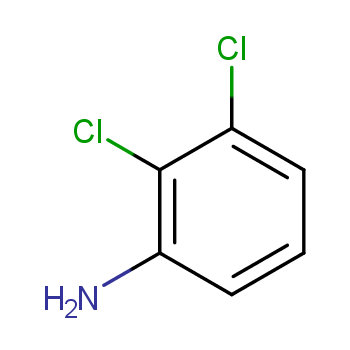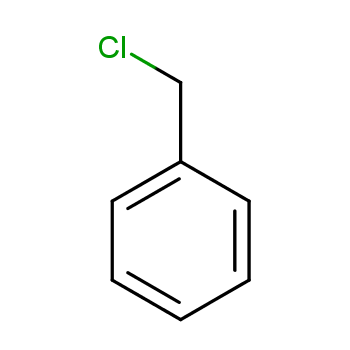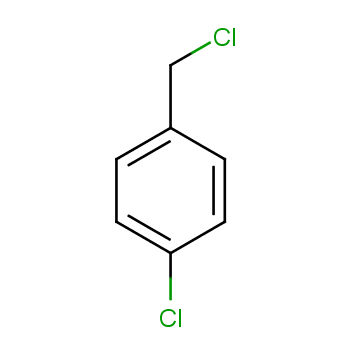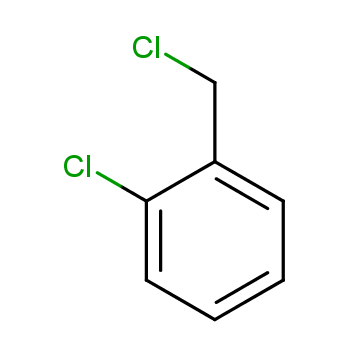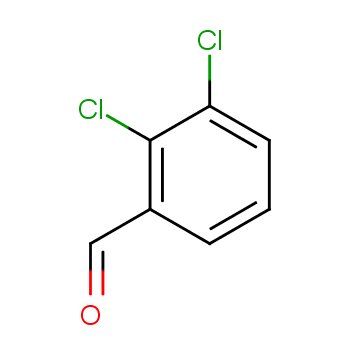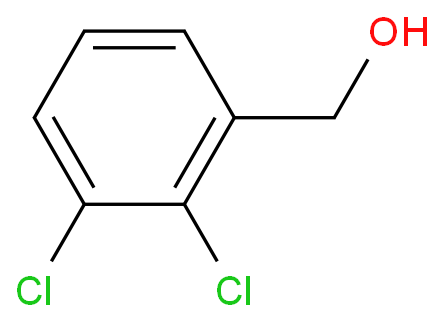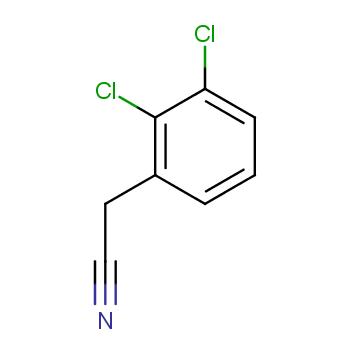-
2,3-Dichlorobenzyl chloride
2,3-Dichlorobenzyl chloride, with the chemical formula C7H5Cl3 and CAS registry number 3290-01-5, is a compound known for its applications in various chemical processes. This colorless liquid, also referred to as 2,3-dichlorophenyl chloride, is characterized by its two chlorine atoms attached to a benzene ring. It is commonly used as a starting material in the synthesis of various pharmaceuticals and agrochemicals. 2,3-Dichlorobenzyl chloride is also used as a reagent in organic synthesis, offering a versatile platform for the introduction of chlorine atoms into different molecules. It is important to handle this compound with caution, as it is toxic and can cause irritation to the skin, eyes, and respiratory system. Overall, 2,3-Dichlorobenzyl chloride plays a significant role in the field of chemistry and serves as a valuable building block for the development of new compounds.
View more+
1. Names and Identifiers
2. Properties
3. Use and Manufacturing
4. Safety and Handling
5. MSDS
6. NMR Spectrum
7. Synthesis Route
8. Precursor and Product
9. Computed Properties
12. Realated Product Infomation
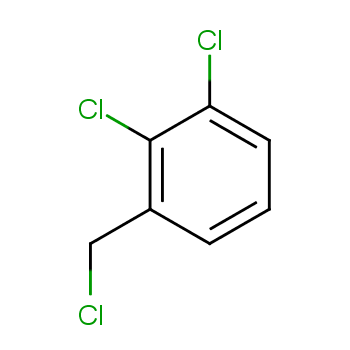
 EN
EN







